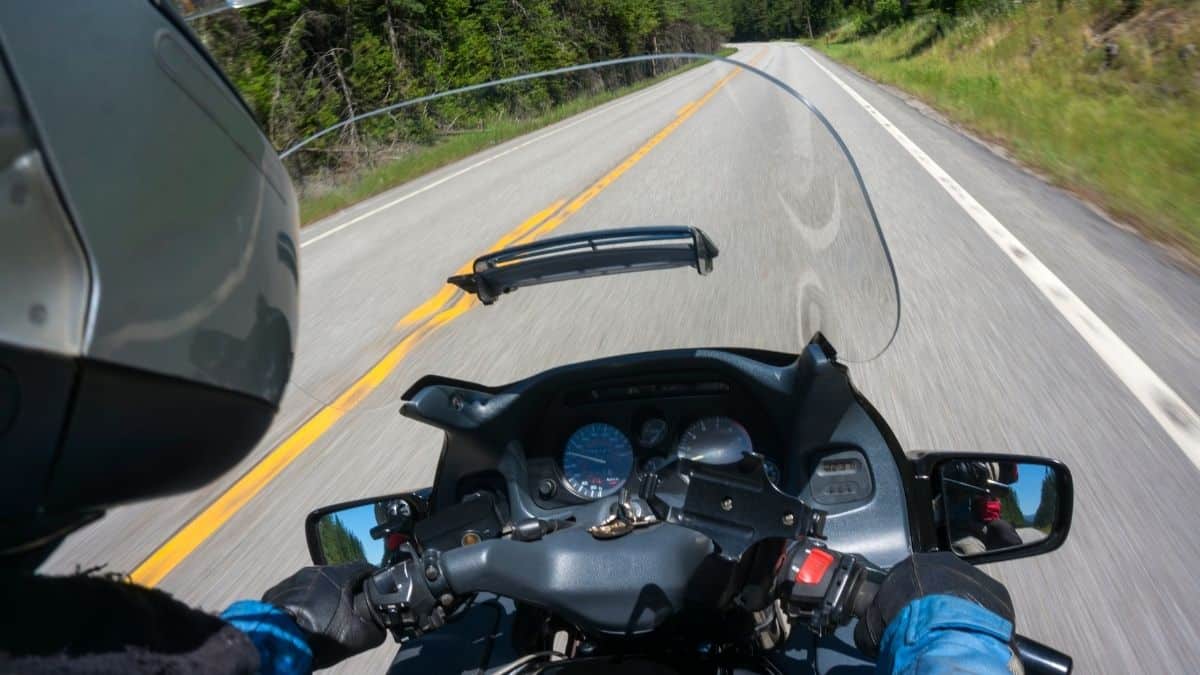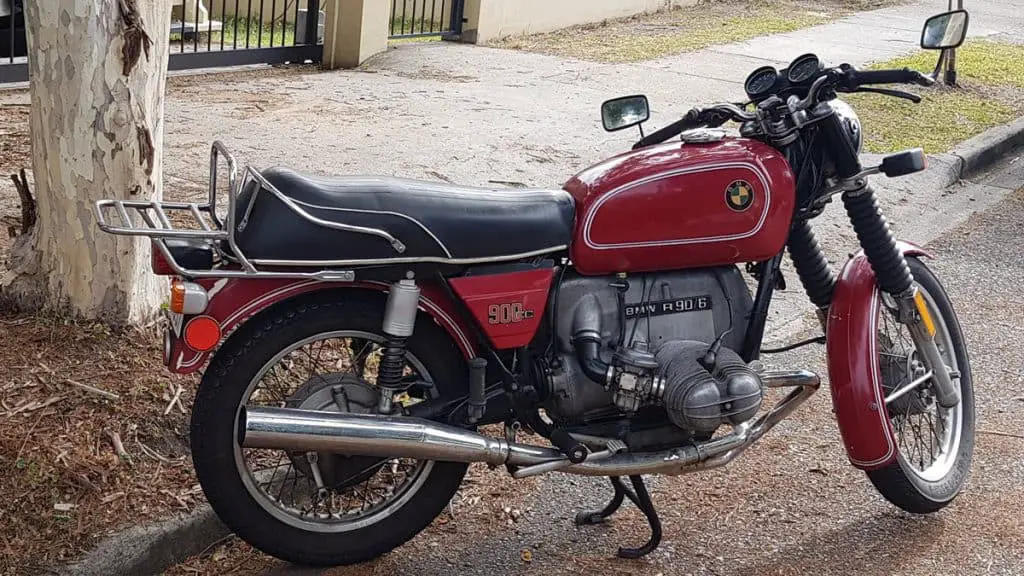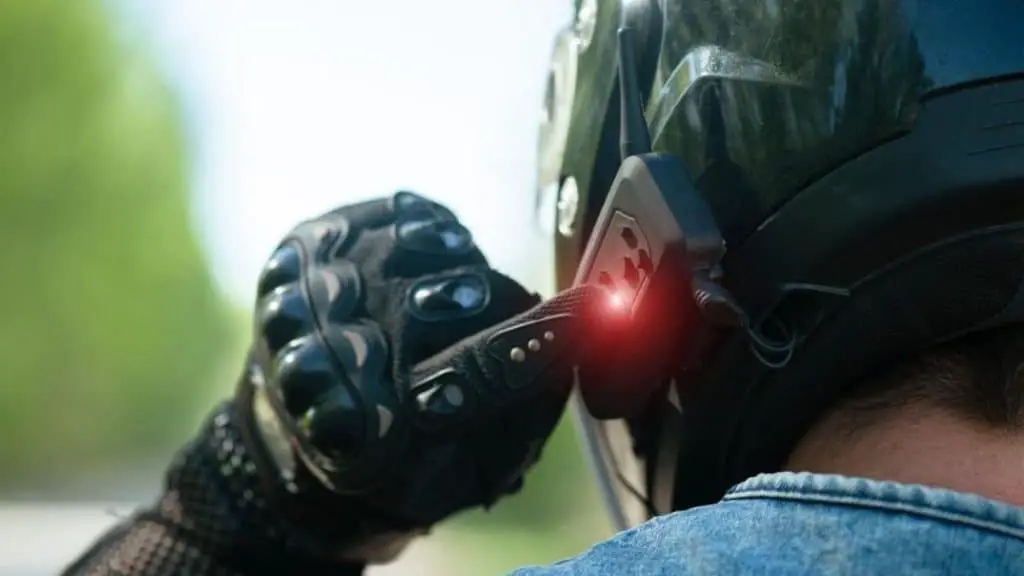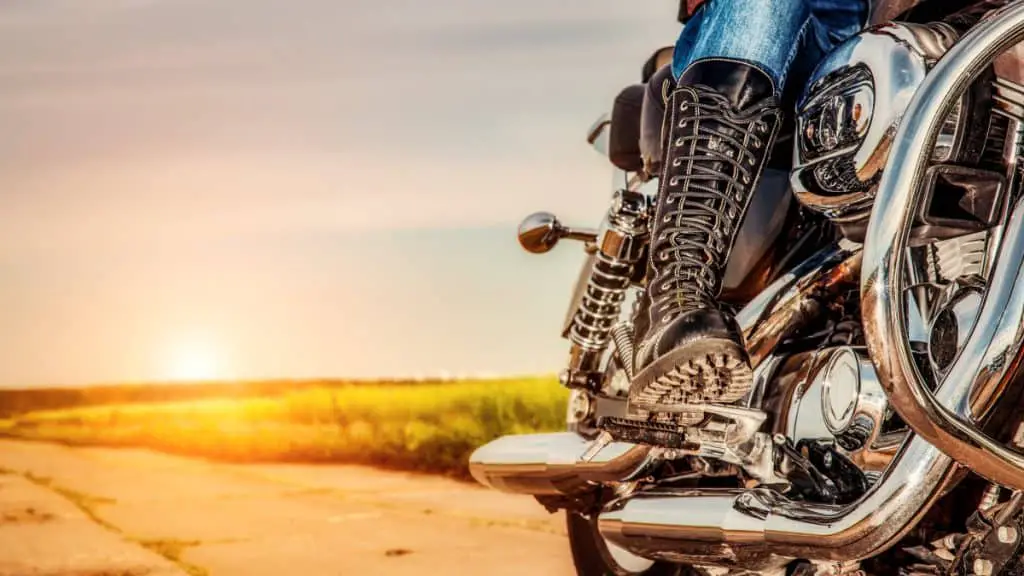The Cause, Effect, and Cure of the Motorcycle Death Wobble
There are few things as unnerving as losing control of your motorcycle. Here, the cause, effect, and cure of the motorcycle death wobble will give you all the information you need to deal with the problem.
The questions you will find answered are:
- What is a death wobble?
- How are death wobbles caused?
- How do I stop a death wobble?
- How do I prevent a death wobble?
- Case Study 1 – Harley-Davidson death wobble
- Case study 2 – Sports bike tank slapper
- How much does it cost to fix a death wobble?
During the café racer days of the 1960s, a death wobble was called a tank slapper. Europe refers to the phenomenon as head shakers. Meanwhile, North American bikers with more flair for the dramatic call them death wobbles.
Thankfully, accident statistics for the USA list fatal motorcycle crashes from losing control almost at the bottom of the list at around 3%.
Are riders injured as a result of death wobbles? Yes, 100%, you have only to look on YouTube for the grim consequences. On the whole, though, most people manage to walk away.
Whether a tank slapper, head-shaker, or death wobble, one thing is sure, it’s a heart-stopping moment for any motorcyclist. It’s an issue that brings so much information, and it’s easier to deal with the subject in question form.
What is a death wobble?
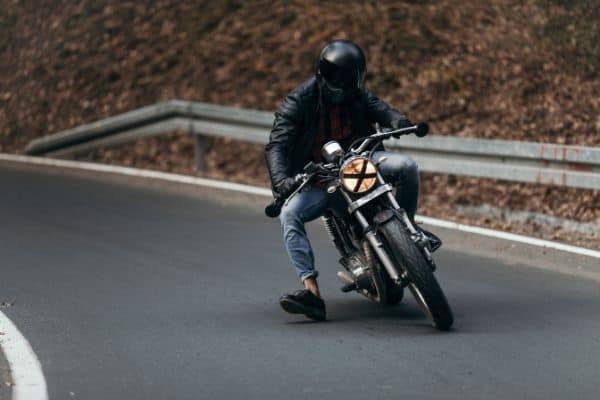
A death wobble is when the motorcycle handlebars and front wheel begin to move clockwise and counterclockwise. The movement can start as a gentle weave before becoming more and more aggressive. Depending on the circumstances, this yawning motion can kick in violently and suddenly. The travel and lock of the steering dictate the movement.
For clip-on handlebars, if the movement is violent enough to throw the bars from lock to lock, the rider’s hands would ‘slap the tank,’ hence the name.
How are death wobbles caused?
Three things can cause death or speed wobbles. These are mechanical, aerodynamic, or rider errors.
Mechanical Issue
It’s important to realize that slow-speed steering wobbles aren’t out of the ordinary. At some point between walking pace and 30-mph, most motorcycles will develop a gentle weave should the rider take their hands off the bars.
The cause for this weaving is down to the bike’s geometry. As cornering ability and high-speed stability are a priority, the trade-off is a trail angle. It is this that allows the front end to weave gently at slow speeds.
The movement is subtle and undetectable to the rider unless they remove their hands from the bars. Higher speed-wobbles, on the other hand, are a whole different matter.
To kick start the list of possible culprits, let’s begin with the tires. An incorrectly inflated front tire is a common cause. But, you should also check for low tread or uneven wear patterns. If a tire is not in a good useable condition, lines, grooves, and raised road markings can also cause steering wobbles.
When it comes to death wobbles, other significant culprits include worn steering head or wheel bearings. And these should always be checked during maintenance schedules. On the subject of maintenance, if the adjusters are not correctly tightened during drive chain tensioning, the wheels will be out of alignment. It is that that can also cause a head-shake.
Also, be on the lookout for a poorly setup or worn suspension. Also, leaking fork seals could mean unequal amounts of oil in the legs. Worn swingarm bushes will end in the same result too. The same goes for excessive bush wear on rubber-mounted Harley-Davidson or Norton Commando.
Aerodynamic Issue
To begin with, motorcycles are not the most aerodynamic of vehicles. Interfere with airflow over the bike and rider, and a death wobble will not be far behind.
You will also experience steering problems if you overload the back of your bike with heavy or badly packed gear. The same applies to large top boxes or oversize panniers. Some fairings and screens will add to airflow problems, and this can result in an inevitable weave.
Rider Error
Accelerate too fast, brake incorrectly, fail to avoid holes or debris or pull uncontrolled wheelies, and the result may be a tank slapper of epic proportions.
How do I stop a front-end wobble?

While in a death wobble, a natural reaction is to wrestle with the bars and grab a handful of brake. But following this course of action may well make things worse.
If at all possible, maintain a neutral hold on the bars and roll off the throttle. Let the engine braking slow the bike down, or if needed, use the back brake and apply gentle pressure on the front brake.
A motorcycle dislikes speed wobbles as much as its rider and will attempt to rectify the problem by centering the wheel as fast as possible. With the right rider input, the good news is that death wobbles can disappear as quickly as they appeared.
How do I prevent a death wobble?
Regular and correct maintenance and inspection of your motorcycle is a given. Paying particular attention to any component that has input on the bike’s steering may save some heart-stopping moments further down the road.
Don’t pull wheelies, or if you do, at least learn to land them properly. The same goes for speed wobbles caused by an aggressive riding style. Take part in track days or race schools. That way, you’ll learn the correct way to control a motorcycle.
Case Study 1 – Harley-Davidson Death Wobble
Not all H-D’s are head shakers. But models with rubber bushes on the engine and swingarm mounts are prone to death wobbles if there is excessive play in the bushes. They can also occur when the bike is cornering hard and hits a bump due to the rubber bush deforming from lateral play.
In this video (view on YouTube), the rider has one hand on the bars when the death wobble starts. Although it happens fast, he doesn’t appear to take any corrective measures. You can also see that the luggage on the back isn’t packed well.
According to the car passenger who shot the footage, this was the third time the bike had gone into a death wobble on that particular stretch of road. The witness also said that he appeared to start weaving when approaching a certain speed, which the rider seems to have ignored.
Apart from serious road rash, the rider lived to tell the tale.
Case Study 2 – Sports Bike Tank Slapper
Heavy acceleration and crossing over the centerline at 282-kph is the likely cause of this speed wobble. As can be seen (at 0:43), the rider’s hands are not on the bars, and the bike still manages to correct itself.
Later in the video (5:14), the rider, after a wheelie, has a heavy landing. He goes straight into a tank slapper due to the wheel hitting the road at a slight angle.
How much does it cost to fix a death wobble?
The answer to this question is dependent on the motorcycle and what needs to happen to rectify the problem. Steering head bearings are relatively inexpensive (a set for a Yamaha R1 is around 90AUD). Getting a mechanic to fit the bearings, though, could cost three times that!
Fitting a steering damper can also help keep tank slappers under control. They’re available for most motorcycle makes and models. A decent quality unit for a Suzuki GSX1000R comes in at around 180AUD.
Many H-D forums advise fitting a bolt-on stabilizer kit to rubber mount models to eliminate the death wobble problem. Various types are available in the 180-270AUD price range. An encounter with a death wobble may be due to mechanical failure, low maintenance, poor riding skills, or sheer bad luck. The Cause, Effect, and Cure of the Motorcycle Death Wobble will make sure you walk away in one piece.

